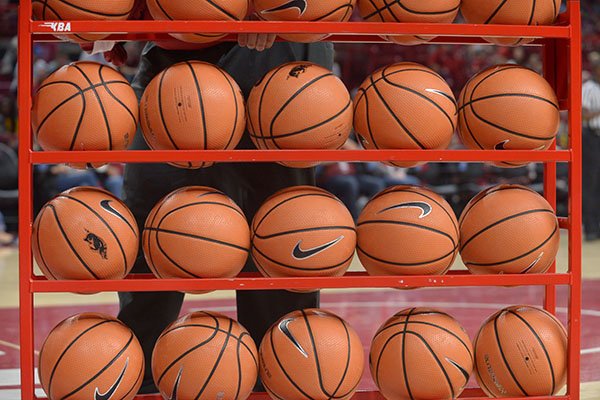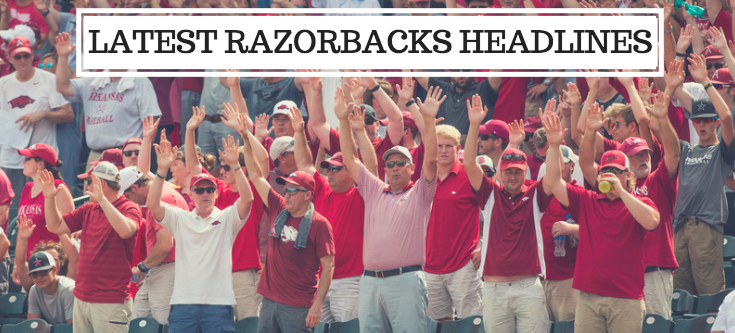College basketball fans and prospects eagerly await the ESPN basketball rankings of the top recruits on the national level.
ESPN national director of recruiting Paul Biancardi heads up the evaluation process for the top 100 seniors, top 60 juniors and the top 25 sophomores in the country.
Biancardi, who was a college coach for more than 20 years before joining ESPN, broke down how the rankings come about.
"The big picture is high school performances and production. Did we see great performances, standout performances, dominating performances, impact performances?" Biancardi said. "Performances are a single act. Then we look for productions to piggy back off those performances."
ESPN usually has four ranking updates a year. Consistency is a big part of the grading of prospects.
"Can we count on this guy for 10 points? Six rebounds, five assists, a low turnover game?" Biancardi said. "That's who he is. Eventually production is what you repeatedly do."
Biancardi, who was named the Horizon League Coach of the Year in 2004 at Wright State, also judges a prospect's college potential and ability to affect a program.
"Some guys we talk about can impact right away. Some guys it may take three or four years," Biancardi said. "So that's the potential side of it."
After evaluating college potential, Biancardi looks at the prospects as a professional.
"Then we project if they can be NBA Draft picks," Biancardi said. "Lottery picks, first-round picks, second-round picks. Maybe we never see them projecting to be drafted, and then that's where our evaluation stops, because nobody in the world can tell you somebody is going to be a good pro.
"That's the formula we use to develop the top 100. We're not a rankings board. We're not a draft board, but we're not a pure high school rankings board. It's a mixture of current performances and production, potential that we see in the college game and then projection in the NBA Draft."
Biancardi rated former Oklahoma guard Trae Young a five-star prospect, the No. 4 point guard and No. 23 overall recruit in the 2017 class. He was the No. 5 pick in the 2018 NBA Draft by the Dallas Mavericks before being traded to the Atlanta Hawks
"He was a major-league producer, that's why he was top 25, but we didn't think his potential would surface so quickly," Biancardi said. "We knew he could get to that point. We just didn't think it would happen in year one."
After his outstanding freshman season and being a top five pick in the NBA Draft, many people questioned why Young wasn't a top 10 prospect in ESPN's rankings. Biancardi said Young's college choice accelerated progress.
"Well, in high school you saw the shooting and the passing, but obviously there were questions about his shot selection, his turnovers and his defense," Biancardi said. "We said he could be really good over the course of two or three years once his body develops and once he irons out his shot selection. Well, he goes to the perfect fit and the process got sped up."
While there are exceptions, Biancardi doesn't expect senior prospects outside the top 50 to be drafted by the NBA.
"That's probably what keeps them outside the top 50," Biancardi said. "Not that they can't play in the NBA, just saying we don't see them being drafted because there's only two rounds and you have international kids, college kids."
Email Richard Davenport at rdavenport@arkansasonline.com
Sports on 09/09/2018

